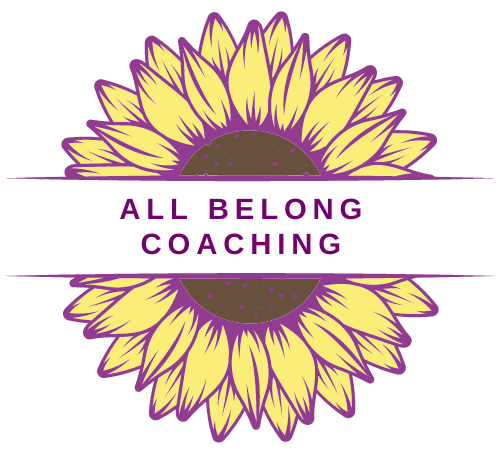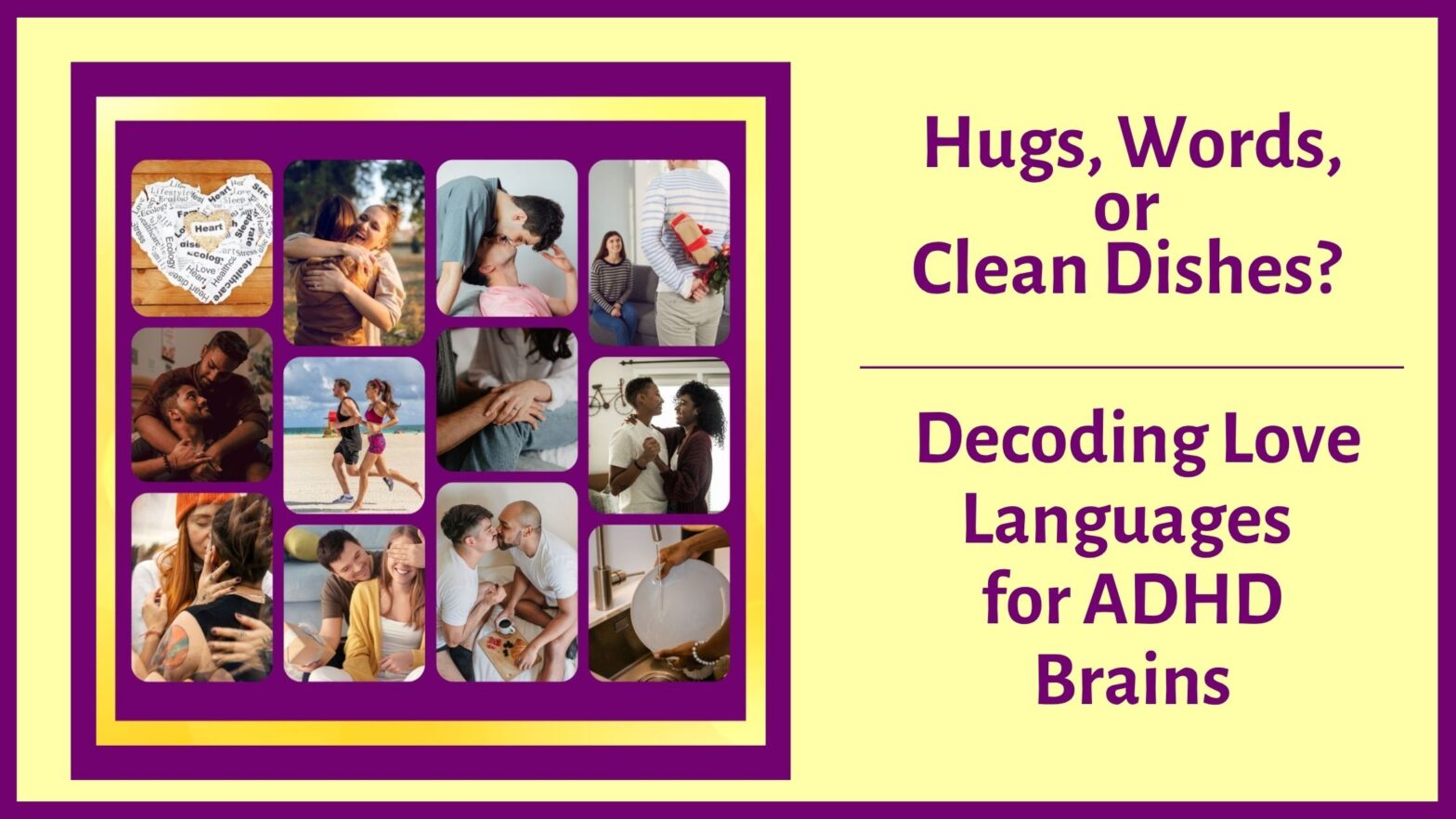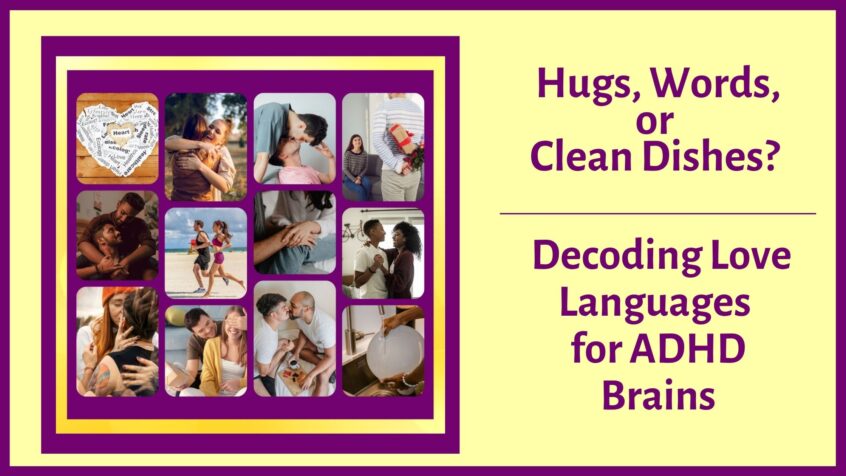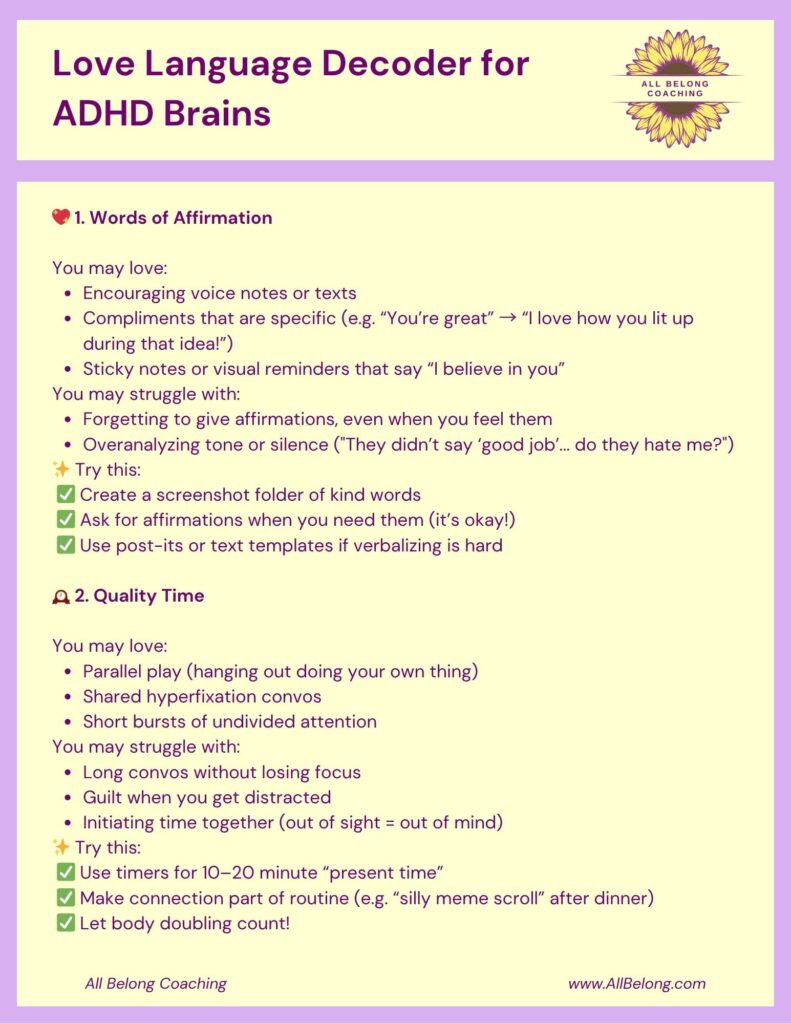Hugs, Words, or Clean Dishes? Decoding Love Languages for ADHD Brains
When it comes to showing and receiving love, we all have preferences.
But for people with ADHD, those preferences might look a little different—or come with extra layers.
Maybe a partner’s surprise gift sends you into sensory overload.
Or maybe you meant to say something sweet, but your brain got distracted by a squirrel, your inbox, and the existential dread of laundry.
Sound familiar?
Enter: love languages.
While the classic five love languages (Words of Affirmation, Quality Time, Acts of Service, Physical Touch, and Receiving Gifts) are helpful for many, they don’t always translate neatly for neurodivergent folks.
ADHD brains often need things explained… with subtitles.
So let’s break it down—and reframe love in a way that actually works for our beautifully wired minds.
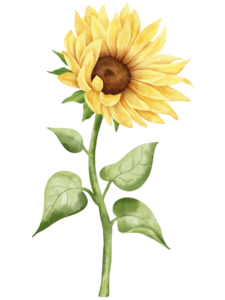
Words of Affirmation: The Double-Edged Sword
For ADHDers, positive feedback can be a lifeline.
A well-timed “I’m proud of you” or “I love how your brain works” can melt even the most overstimulated heart.
But here’s the plot twist: we often forget to give affirmations—even when we deeply mean them.
And we can be Olympic-level overthinkers when someone doesn’t say something we hoped for.
Tips:
-
Make a “Words Folder” on your phone. Texts, notes, or screenshots that make you feel seen = instant emotional support.
-
Use sticky notes, texts, or even a goofy voice memo if verbal words are hard to come up with in real time.
-
Bonus tip for partners: Don’t make it cryptic. ADHD brains don’t decode subtle. Just say the thing.
Quality Time: Focus is Hard, But Connection Matters
ADHD brains crave connection—but that doesn’t mean we can focus for hours on a deep, uninterrupted convo about our feelings. (We can try, but we’ll also be thinking about snacks, that one email we forgot to send, and whether raccoons have eyebrows.)
“Quality time” doesn’t have to mean candlelit dinners or board games that last three hours. It can mean parallel play—being near each other while doing separate things—or checking in with a silly question like, “Wanna scroll in silence together?”
Tips:
-
Set a timer for 15–20 minutes of undistracted time. Even short bursts of presence can be meaningful.
-
Shared hyperfixations? Gold. Watch the same show, build LEGO together, compare silly memes. It counts.
-
Body doubling = love. Doing chores or to-dos in the same space can feel incredibly connective.
💡 ADHD Truth: Sometimes the best “quality time” is both of us ignoring each other… but together.


Acts of Service: Executive Function in Action
Forget roses. You know what really says “I love you”? Taking the trash out without being asked. Helping navigate the phone menu to refill a prescription. Pre-cutting snacks so they’re grab-ready.
These things are the love language of our executive-function-challenged souls.
On the flip side, we might want to do thoughtful things for others—but time blindness, task initiation issues, and decision fatigue love to crash that party.
Tips:
-
Ask what actually feels helpful. Your idea of a kind gesture might be their idea of a stress bomb.
-
Break acts of service into bite-sized options: “Would it help if I started the laundry or prepped dinner?”
-
If you’re trying to give this love language, use your ADHD tools—timers, reminders, shared lists—to make it easier on your brain.
Physical Touch and Sensory Stuff
Physical touch can be calming, grounding, connective—or it can feel like a thousand prickly bees on your skin. Welcome to the ADHD/sensory sensitivity experience. Touch needs can vary by mood, stress level, texture, and proximity to annoying clothing tags.
And that’s okay.
Tips:
-
Create rituals that work for you: a short back rub, a hug before bed, or a forehead kiss before you go “doom-scroll” in peace.
-
Weighted blankets, soft fabrics, or heated stuffies can help make touch feel less intense.
-
Ask often. Consent doesn’t stop once you’re in a relationship. It’s more like a constant team check-in.
🌈 PSA: “Touch starvation” is real—but so is sensory overwhelm. Both are valid.


Gifts That Don’t Overwhelm
Receiving gifts might sound fun until your brain spirals into:
“Do I have to act excited?”
“Where do I even put this?”
“Now I have to reciprocate?!?”
And giving gifts?
Executive function says: lol, good luck remembering your partner’s birthday and picking something before midnight the day before.
Tips:
-
Go for low-pressure gifting: a silly keychain, a snack from the gas station, a shared inside joke.
-
Digital love is still love: playlists, funny reels, memes that scream “this is SO you.”
-
If gifting feels overwhelming, make it a mutual activity: “Want to pick out something you love and I’ll wrap it later?”
🎁 Reminder: It’s not about the gift. It’s about the gesture—no matter how small or weird.

There’s No One Right Way To Love
Love isn’t one-size-fits-all. For people with ADHD, it’s more like one-size-fits-most-but-still-needs-adjustments-and-maybe-stretchy-waistbands.
You don’t have to fit into a neurotypical mold to give or receive love well. Your love language might shift depending on your energy, your sensory needs, or whether you’ve eaten lunch. That’s human. That’s okay.
So whether you’re the kind of person who needs words, hugs, help, space, snacks, or all five depending on the day—your needs are valid.
And the best part? With communication, curiosity, and a little humor, love gets to feel like a partnership—not another thing on your to-do list.
YES, Give Me The Decoder For FREE
Questions? Feel free to send me an email at Kat@AllBelong.com and let’s chat!

 Don’t Delay Joy
Don’t Delay Joy
Kat Sweeney, MCLC
